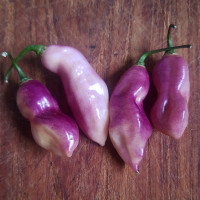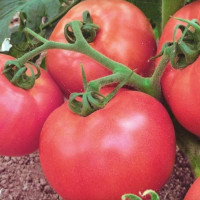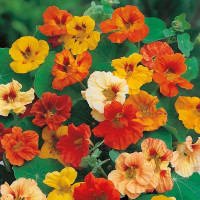Black elder, elderberry, elder, European elder, European elderberry, and European black elderberry / Sambucus nigra - a species of shrubs from the genus Elderberry of the Adox family (previously this genus was usually included in the Honeysuckle family), reaching a height of 4-6 meters (less often up to 10 meters). The leaves are opposite, non-parp-pinnate, 10-30 cm long.
The stems have a thin woody shell and a porous soft core. The flowers are yellowish-white (some flowers are white), 5-8 mm in diameter, five-petalled, collected in large inflorescences 10-25 cm in diameter. The fruit is a dark purple berry, 5-7 mm in diameter.
Different parts of the plant contain biologically active substances: black elderberry flowers contain: glycoside sambunigrin and others, essential oil (0.27-0.32%), choline, rutin; alkaloids coniine and sanguinarine; carotene; acids: ascorbic, acetic, malic, chlorogenic, coffee, valeric, etc.; rutin, tannins, mucus, pentosans, resins, mineral salts; essential oil, an essential part of which are terpenes. Black elderberry fruits contain: anthocyanins, ascorbic acid (10-49 mg), carotene, rutin, sambucin, chrysanthemum, tannins (0.29-0.34%), carboxylic acids and amino acids (tyrosine), sugars, traces of essential oils.
Black elderberry seeds contain: fatty oil and sambunigrin. In the leaves: in dry raw materials - sambunigrin (0.11%), resins with laxative properties, a small amount of essential oil. Fresh leaves contain ascorbic acid 200-280 mg, carotene. Black elderberry roots contain: saponins, tannins and bitter substances. Black elder bark contains: essential oil, choline, triterpene compounds, ursolic acid methyl ester, betulin, α-amirin, β-sitosterol, ceryl alcohol, choline, phytosterols, sugars, organic acids, pectin and tannins.
There are no reviews for this product, be the first to leave your review.

No questions about this product, be the first and ask your question.

- Best prices on the market thanks to own production
- Only original germinating seeds









